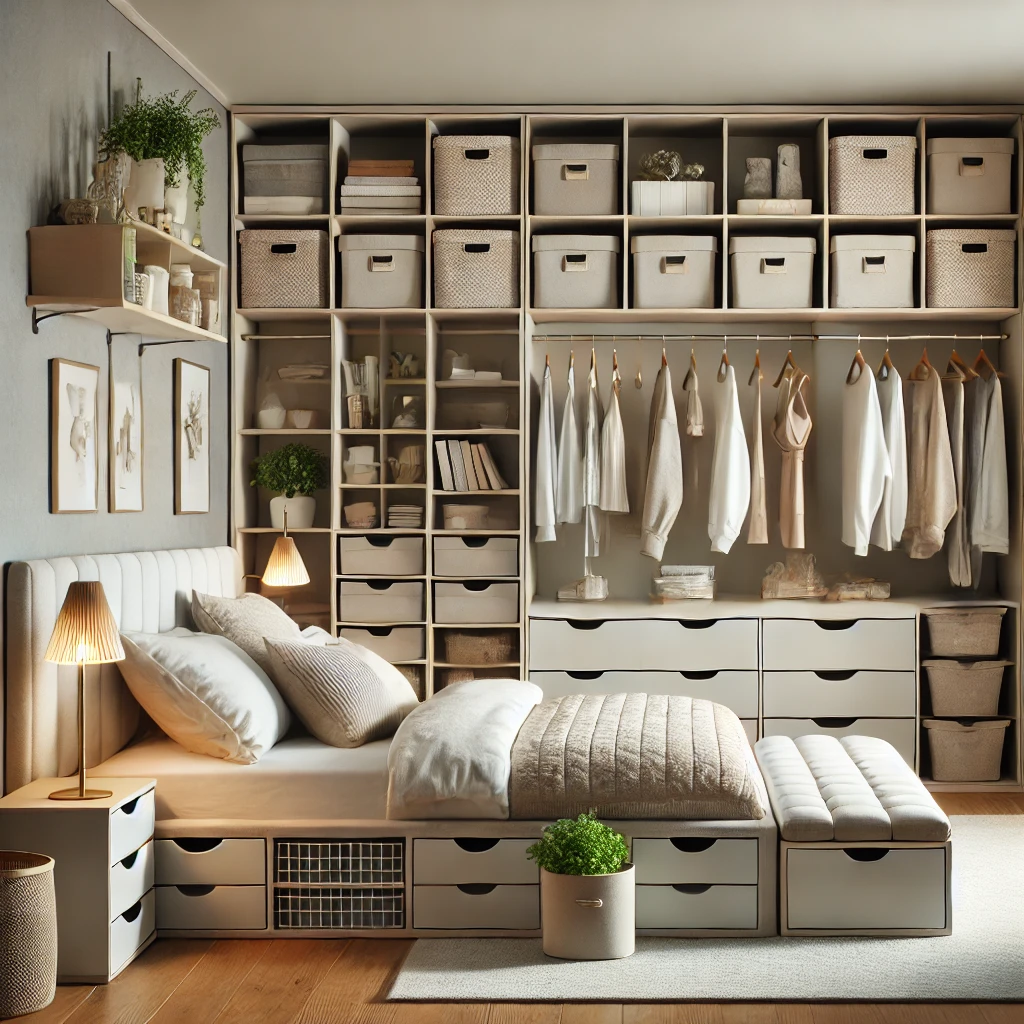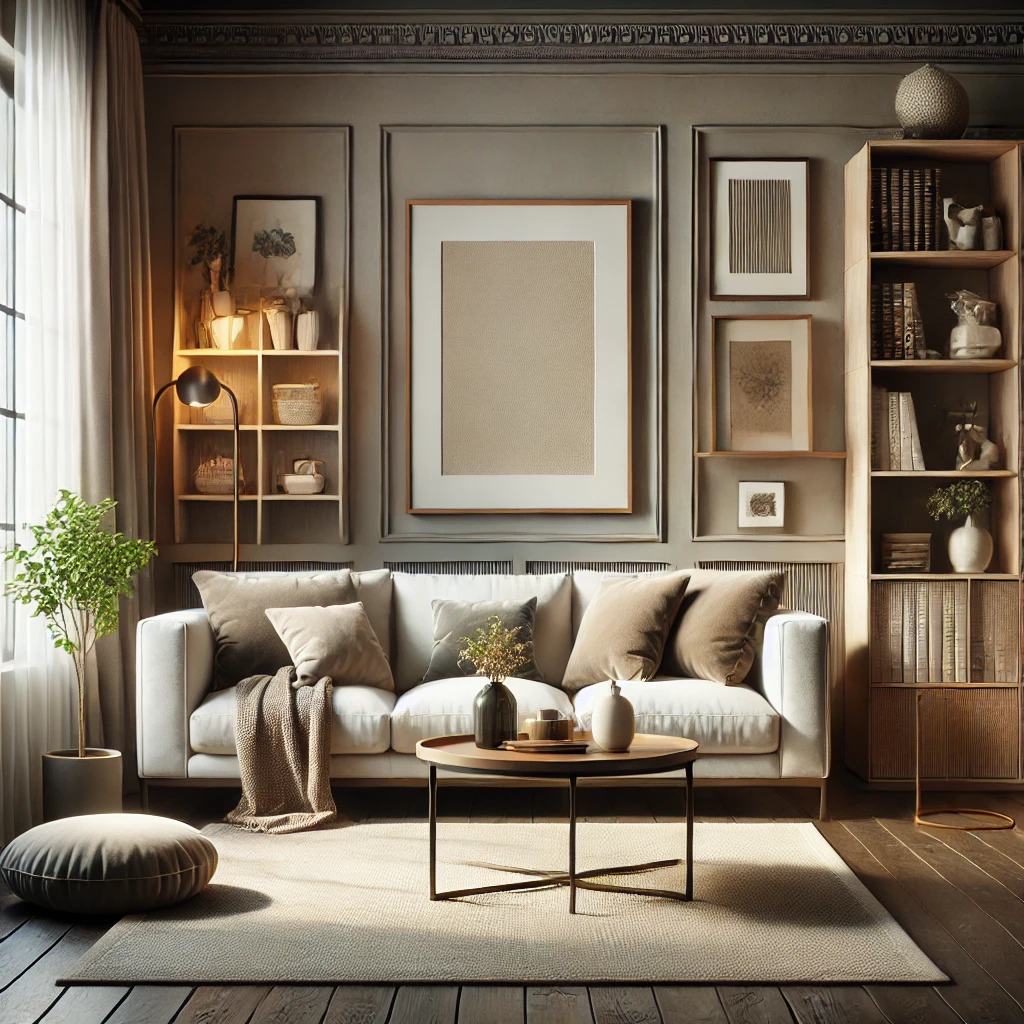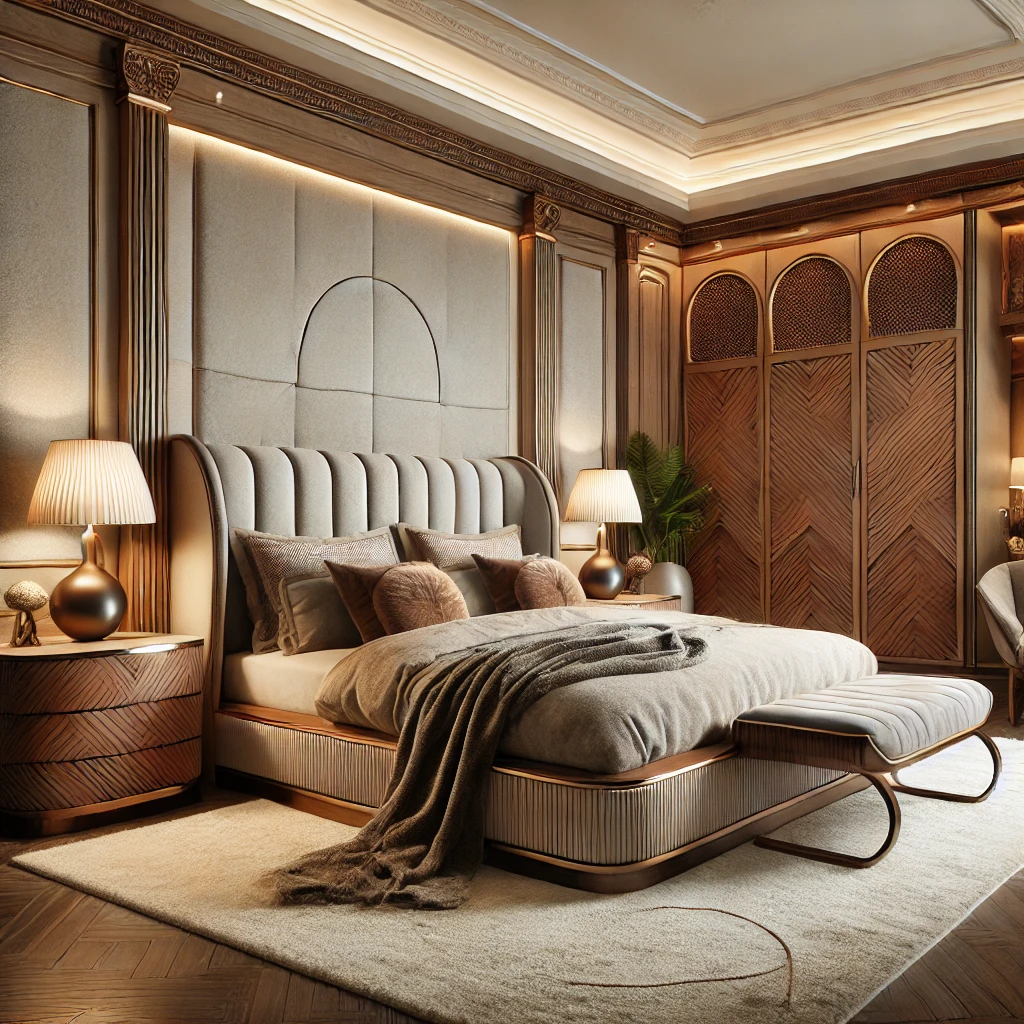Introduction
Your bedroom should be your haven of peace: where you go after that long day to relax, refresh, and replenish for the next. A bed room contributes not only to good sleep quality but also to mental and emotional well-being. When you really design your space, you are transforming your bedroom into a restful retreat to soothe your senses and help strengthen your soul.
Choosing a soothing color scheme
Color has a lot to do with how we feel. Cool colors such as light blues, greys, and muted greens promote a feeling of calmness. These colors will be best used in a bedroom retreat. Beige or cream are versatile neutral tones, which will also look good when paired with some subtle accents. Avoid using too bright or stimulating colors as these will hinder one’s relaxation mood. Instead, use colors that are serene and inviting.
Optimize furniture configuration to support comfort.
The furniture arrangement in your bedroom can be the reason for relaxation. Place your bed as the centerpiece, preferably against a solid wall to create the feeling of stability. Avoid crowding the room with too many pieces of furniture because a free-flowing design creates a calmer atmosphere. Choose soft, practical pieces, such as an armchair or a bedside table, that add comfort and functionality.
Incorporating Soft Textures and Layers
The cozy bedroom retreat begins with soft textures and layered textiles. High-quality bedding should come with a combination of materials like cotton sheets, a fluffy duvet, and a knitted throw. It’s a comfort and warmth in every chilly morning, so put a plush rug under your feet. The room decor doesn’t have to lose an elegant touch from using curtains made of thick fabrics as it also helps in blocking out the light.
Lighting for Relaxation and Ambiance
Lighting is a tone setter in your bedroom. Mix and match light sources for layers: overhead lighting for functionality, bedside lamps for focused light, and string lights or candles for ambiance. Warm-toned bulbs are great for relaxing, while dimmer switches help you turn up or down according to your mood. Avoid bright lights that tend to disturb the restful atmosphere.
Minimizing Clutter for a Peaceful Space
Clutter is the foe of relaxation. Use smart storage solutions like under-bed bins, baskets, or multi-functional furniture to keep the belongings in the room organized. Maintain a minimalist approach by ensuring surfaces are empty and displaying few meaningful items. A clean bedroom creates an aura of order; it calms the mind to prepare it for rest.
Conclusion
Transferring your bedroom into a sanctuary doesn’t need to be an overhaul but is more about careful choices that help you find comfort, tranquility, and a personal connection. Curate a soothing color palette, optimize furniture layout, incorporate soft textures and meaningful decor, and you’ll have a place that will allow rest and relaxation in it. Your bedroom will not just be a sleeping place but rather a retreat from the chaos of daily life.




